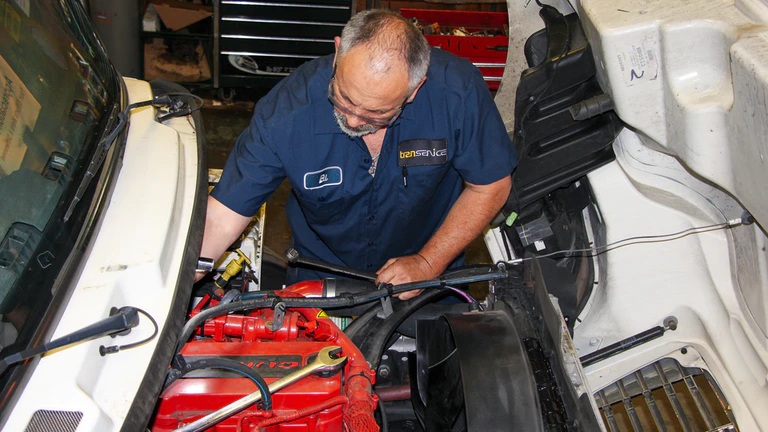Compression in a diesel engine is essential for effective and efficient performance. And when compression is lacking, damage can result. That is why it’s imperative to know whether your engine’s compression is correct.
With a simple diesel engine compression test, it is possible to spot compression problems before they get worse. Here’s information on these tests and how to decide if it is time to perform one.
When should you get an engine compression test?
Diesel engine compression tests aren’t a preventive measure but are performed if you’re having issues with your machine. If your vehicle is underperforming or experiencing a combination of the issues below, consider a diesel engine compression test.
- Starting problems unrelated to weather or outdoor temperature
- Poor fuel economy or increased oil consumption
- Blue smoke
- Unexplainable loss of power
- Excessive crank case pressure
How do diesel engines compression tests work?
Within a diesel engine, pistons move in a vertical motion, sucking in air as they go. This movement creates the heat needed to ignite fuel, ultimately powering the engine.
When you bring your vehicle in for a compression test, a mechanic places a gauge into each of the cylinders to read how much pressure the engine is producing when the engine turns over.
Generally, each cylinder should have 300 to 500 PSI, and all cylinders in a single engine should measure within 10 percent of each other. If the compression in the engine is too low, too high or deviates too drastically from one cylinder to the next, you likely have internal damage to your engine.
Diesel engines require proper compression to deliver high performance. Using superior products like Cenex premium diesel fuel and high-quality lubricants will help protect engines and ensure healthy compression levels. To learn more, contact a Cenex location near you.
CUT COTS OF THE FLEET WITH OUR AUDIT PROGRAM
The audit is a key tool to know the overall status and provide the analysis, the assessment, the advice, the suggestions and the actions to take in order to cut costs and increase the efficiency and efficacy of the fleet. We propose the following fleet management audit.




